Conservation Leadership Programme (CLP) – an initiative run by Fauna & Flora, BirdLife International and the Wildlife Conservation Society – has announced its 2023 award winners.
We know that for a secure world, we need strong leadership. We identify and support the next generation of conservationists who are leading the way to a more sustainable future. In total 17 groups of conservationists across the world have been granted vital funding, and will also be provided with invaluable leadership training and skills development, to strengthen their species-saving projects.
This year’s award winners are based across the globe: from Honduras to Ghana to Indonesia, and focus on a broad range of species – including the Tuco-Tuco, a burrowing rodent of Argentina, Javan slow loris and Sharpes Longclaw bird which is native to Kenyan grasslands.
The programme invests in teams of people at the beginning of their career who are working to protect endangered species of animals in low and middle income countries. Our leaders go on to run NGOs, create new protected areas, change government policy, and inspire conservation of species from communities living closest to it.
Future Conservationist Awards
1. Protecting recently discovered jaguars of southern Cerrado
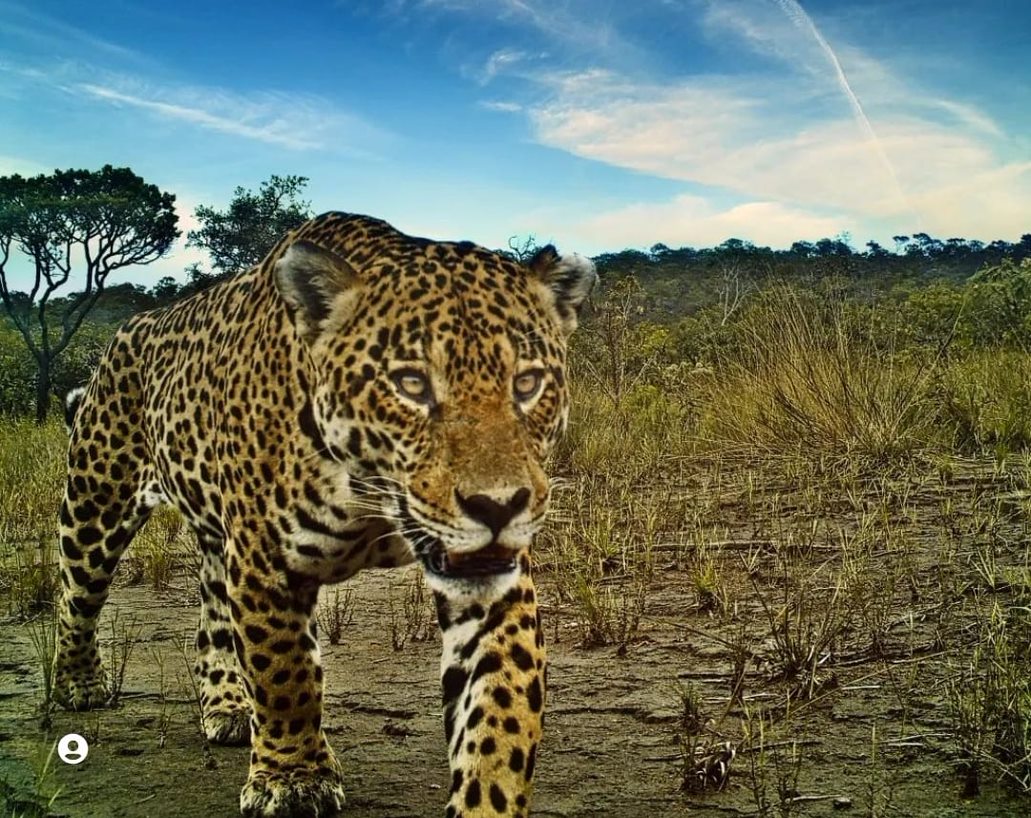
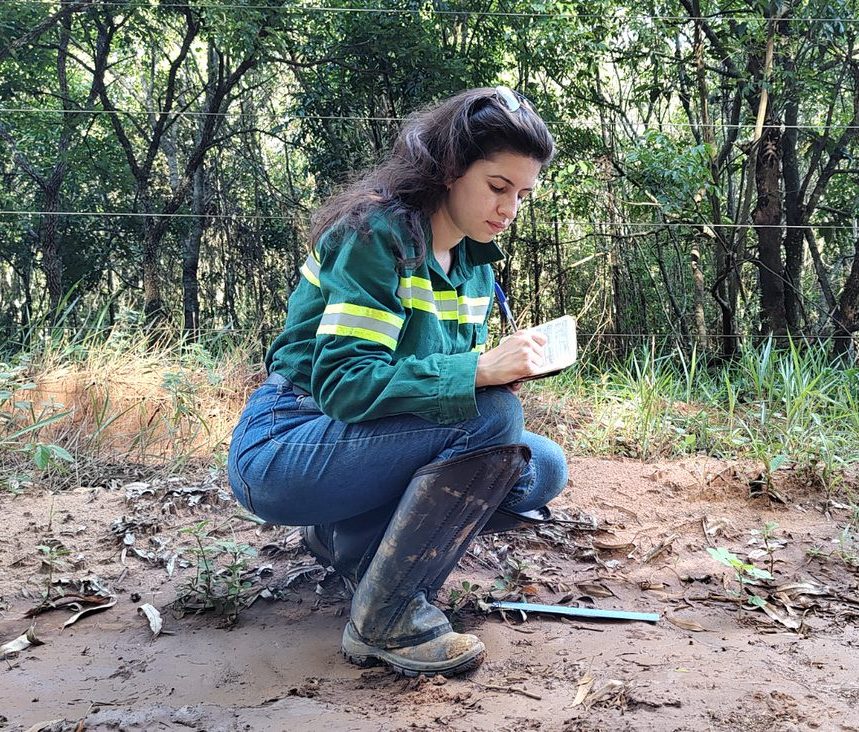
Team lead: Letícia Benavalli
Project: Local communities’ empowerment as a driver to medium and large mammals conservation in the Cerrado
“In five years, I see myself as the founder of a successful NGO that combines research and community-based solutions for wildlife conservation, with a particular focus on large felids and their prey. My NGO will also prioritize women empowerment in science, especially in Latin America”.
Jaguars are particularly important to protect as apex predators, they help regulate the populations of their prey species, which in turn affects the entire food web. Our discovery of the elusive population of jaguars in the southern Cerrado provides a unique opportunity to protect this population before it disappears through linking jaguar populations across southern Brazil, from the Atlantic Forest to the Pantanal, Caatinga and northern Cerrado; ultimately helping to ensure the long-term survival of this species.
2. Southern Tuco Tuco: a local and cultural symbol:

Team Lead: Rodrigo Calvo
Project name: Conservation of Southern Tuco-tucos in Pampean dunes: creation of sanctuaries and threats alleviation
“I intend to create a lasting impact on conservation efforts for the Southern Tuco tuco, a species that is currently little known but has the potential to become a cultural and local symbol for protecting the last of the coastal dune environment”.
The Southern Tuco-tuco (Ctenomys australis) lives in the one of the last coastal dunes environment in the Province of Buenos Aires. Named for the ‘Tuc Tuc’ sound it makes when burrowing this species is considered an “ecosystem engineer”. This is the first conservation project to protect the species. It is well known that the coastal dune environment is in marked decline in Argentina, making the Tuco-Tuco and its coastal burrows intrinsically linked.
3. Protecting the Thorntail Mountain lizard of the Famatina Mountains
Team Lead: Camila Alejandra Kass
Project name: Protecting the threatened Thorntail Mountain Lizard and its habitat in Famatina mountains, Argentina
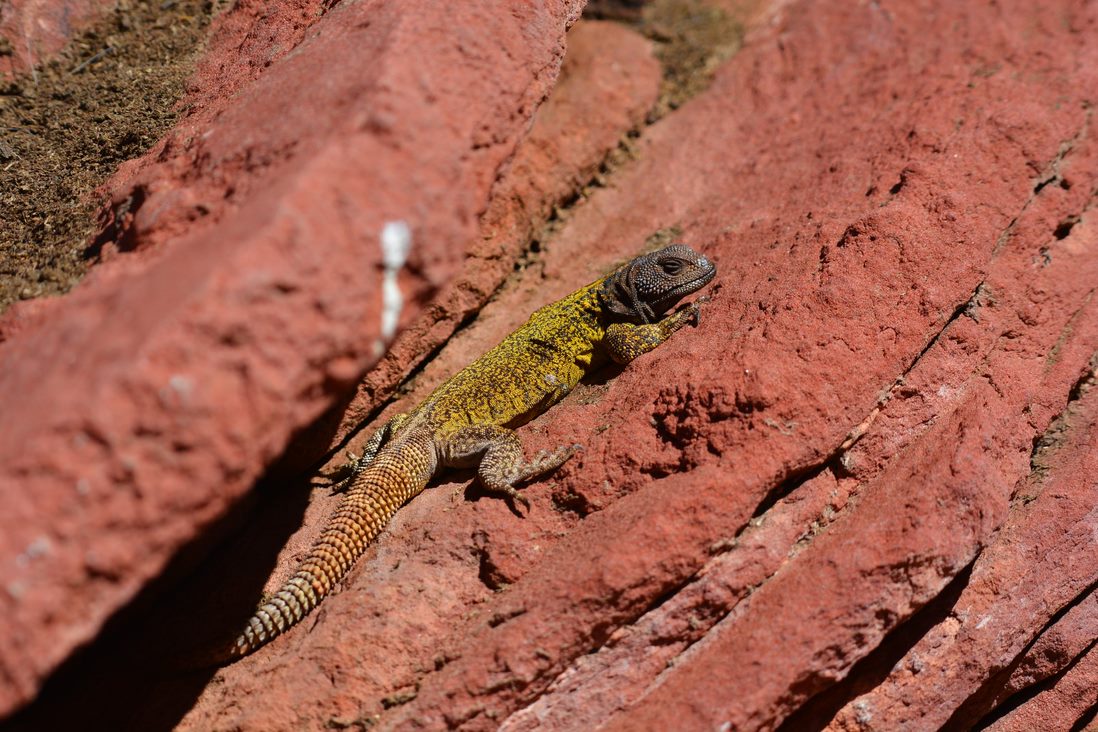
“The area has one of the most amazing landscapes I have ever seen, but it is poorly known by people from Argentina and even for people from nearby cities, I really feel it should be protected”.
The Thorntail Mountain Lizard (Phymaturus mallimaccii) can only be found in the rocky heights of the Famatina Mountains, living above 3800 metres. It is currently threatened from increasing exposure to open pit mining activity. It is endemic to this area, so once extinct, cannot be found anywhere else in the world. It is critical to this mountain environment ecosystem, the lizard acting as an important seed dispersal through its diet of eating flowers and seeds.
4. Overlooked and understudied: the endangered Javan slow loris
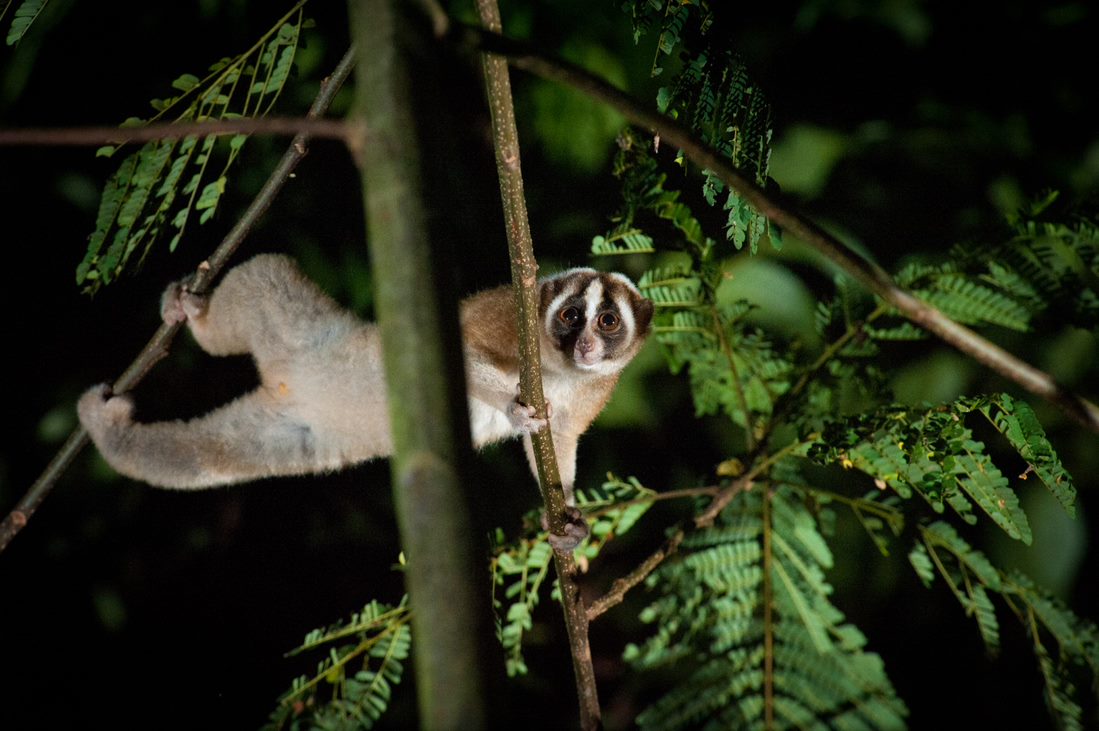
Team Lead: Windi Bukit
Project name: Engaging key stakeholders in Javan slow loris (Nycticebus javanicus) conservation in Java Indonesia
“We hope to set an example for conservation projects working with slow lorises in other countries so that they may emulate these conservation efforts, resulting in widespread conservation and preservation of all slow loris species”.
The Javan slow loris is Critically Endangered and listed among the World’s 25 Most Endangered Primates. With continuing loss of habitat and persecution the Javan slow loris will not survive without our conservation. Overlooked and understudied compared to other primate species, there is still much to be learned about this cryptic species. The work that our project aims to achieve may have far reaching effects for the species of slow loris found outside of Java, as all species of slow loris are threatened with extinction
5. Protecting the Giant Mastiff Bat living amongst volcanic cave roosts

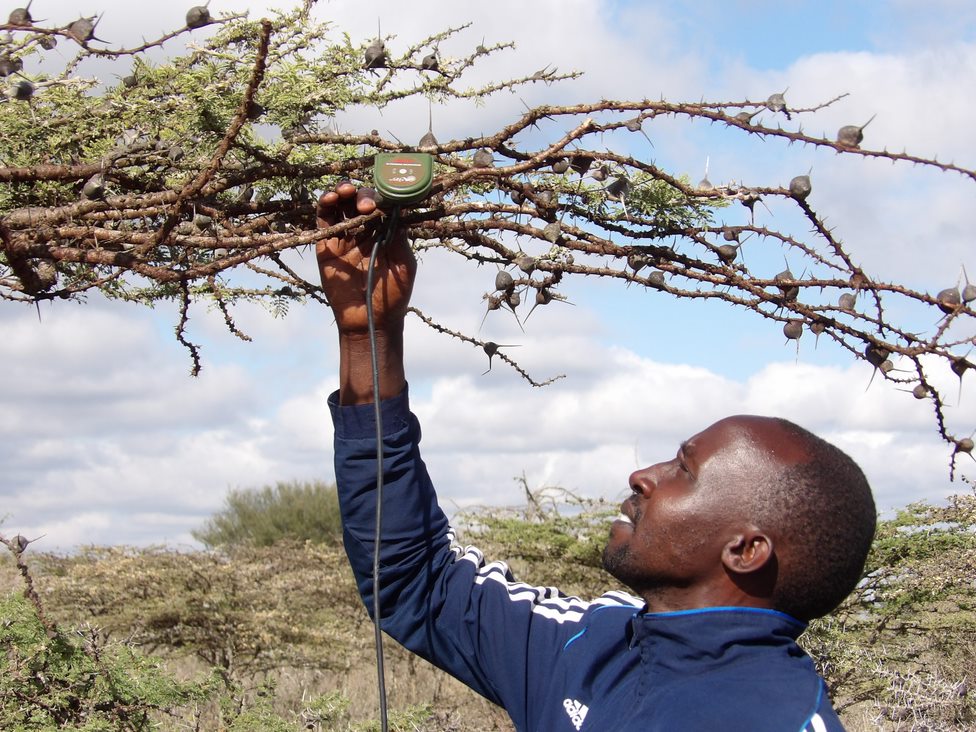
Team Lead: David Wechuli
Project name: Conservation of Threatened Harrison’s Giant Mastiff Bat at Mt Suswa Conservancy, Kenya
“An important question is often asked by policy makers and the general public: “Why should we care about bats?” Bats form an integral part of these ecosystems and their role in maintaining ecosystems is indispensable”
The globally Vulnerable Harrison’s Giant Mastiff Bat uses the volcanic cave roosts of the iconic Mt Suswa Conservancy, Kenya. Only two populations of the species exist in Kenya and with the largest one at Mount Suswa. The crucial maternity colonies are now threatened.
6. Protecting the critically endangered flowering plant, Dombeya ledermannii in Nigeria
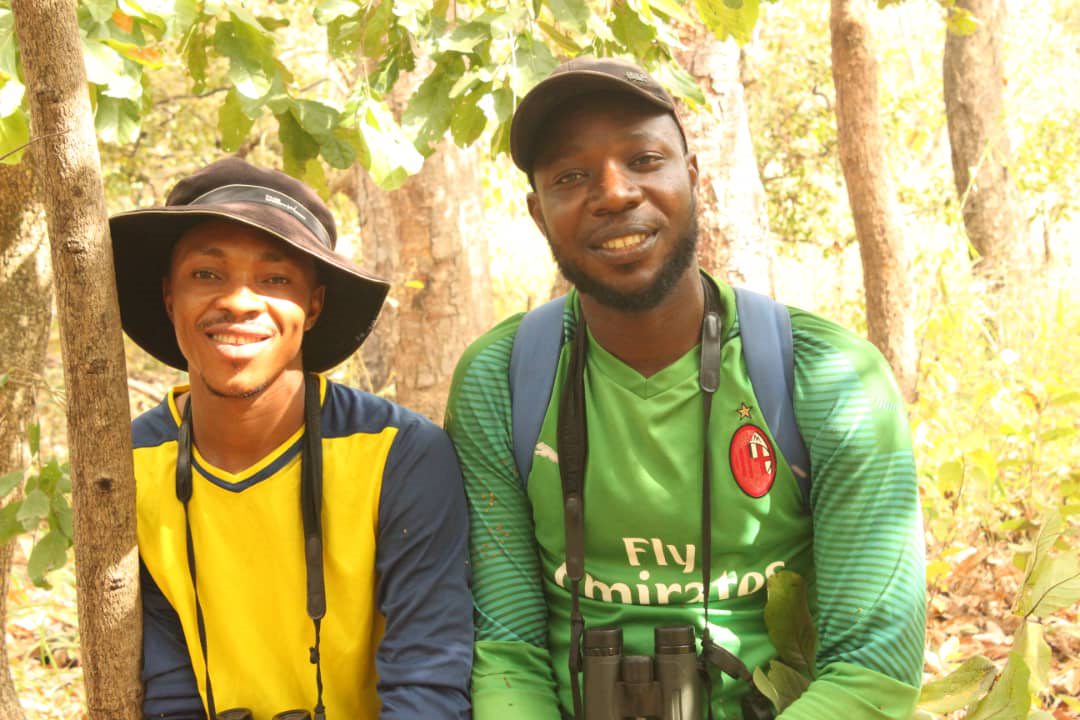
Team lead: Thaddeus Pev Apezan
Project name: Ecology and conservation of the critically endangered flowering plant: Dombeya ledermannii in Nigeria
“With the alarming rates of species population and diversity decline in Nigeria, I wake up every day having this deep sense of responsibility to act towards conserving our natural heritage”.
Dombeya ledermannii is a critically endangered and range restricted plant species found only in Nigeria (the Jos-Plateau and Mambilla Plateau) and Cameroon (the Bamenda Highlands), yet its ecology is poorly known. In addition, the species is threatened by habitat loss and overexploitation for bast fibre which is often used to produce rope and heavy duty industrial fabric. However, little is known about its phenology, pollinators, and threats to natural regeneration. Therefore, a loss of the species can affect both its ecosystem functioning and its human utilization.
7. A sustainable seafood network to conserve mobulid rays, thresher, and hammerhead sharks

Team Lead: Muhammad Ghozaly Salim
Project name: A sustainable seafood network to conserve mobulid rays, thresher, and hammerhead sharks
“I have found inspiration in the coastal and fishing communities and that strong desire to continue their legacy and provide for future generations. Their hope for their children to enjoy good fish and increase their livelihood drives me to work towards sustainable solutions.
Sharks and rays occupy the top position in the sea’s food chain, which is crucial in maintaining the ecosystem’s balance. If these species are endangered or become extinct, it could trigger an explosion in the population of small fish, which, in turn, could cause a depletion of their food sources, such as plankton, microorganisms, and small shrimp, leading to their starvation. Such a scenario would significantly impact human life, especially in the fisheries sector”.
8. Raising a flag for the Giant pangolin
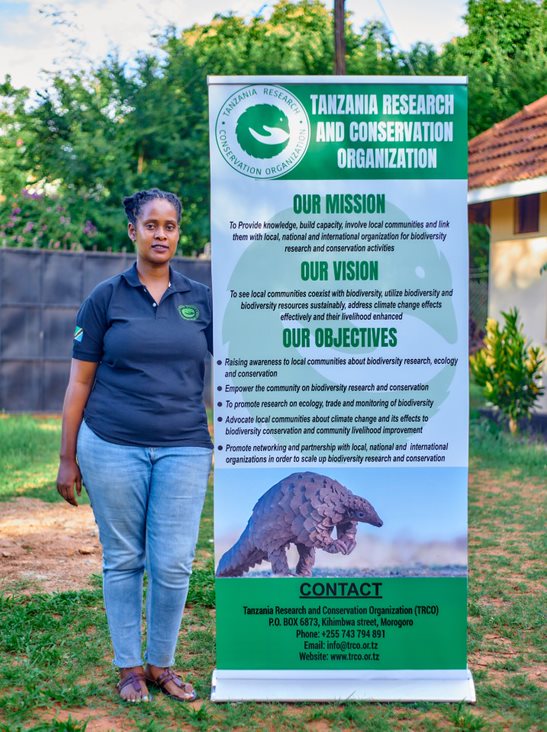
Team Lead: Michael Honorati Kimaro
Project Name: Local community’s perception and distribution of giant pangolins in north-western Tanzania
“We want to raise a flag to protect pangolins from extinction. In the next 5 years, I see myself working with national and international conservationists facilitating a national action plan, opening first aid centres for rescued pangolins, monitoring long-term projects for both ecological and outreach programmes”.
The Giant Pangolin is among the most threatened pangolin species largely due to illegal hunting and trade. The Giant Pangolin plays a great role in the ecosystem by improving soil quality and regulating insect populations such as termites and ants. One single pangolin can consume around 70 million ants and termites per year. Pangolins save us millions of dollars a year in pest destruction. Unfortunately, there is currently no national action plan for pangolins, but first we need to have baseline information on pangolins.
9. Protecting the endangered Ludlow’s Bhutan glory butterfly in India


Team Lead: Sarika Baidya
Project name: Population monitoring and awareness building for Ludlow’s Bhutan Glory in India
Ludlow’s Bhutan glory is an endangered butterfly endemic to parts of Bhutan and North-East India. This species is known to have only one isolated population at Eaglenest Wildlife Sanctuary, India. Currently there is a severe lack of information about the butterfly, meaning conservationists are unable to plan for its future conservation and legal protection. The team will be focused on understanding its current population numbers, where it lives and engaging and raising awareness for its protection with the local community.
Sarika Baidya, Team Lead, says: “Getting this grant is enthralling! It makes me believe that real work on conservation of insects will have a brighter future worldwide. Even today, I get fascinated and surprised almost every other day working with butterflies”.
10. Protecting staghorn coral in Puerto Rico
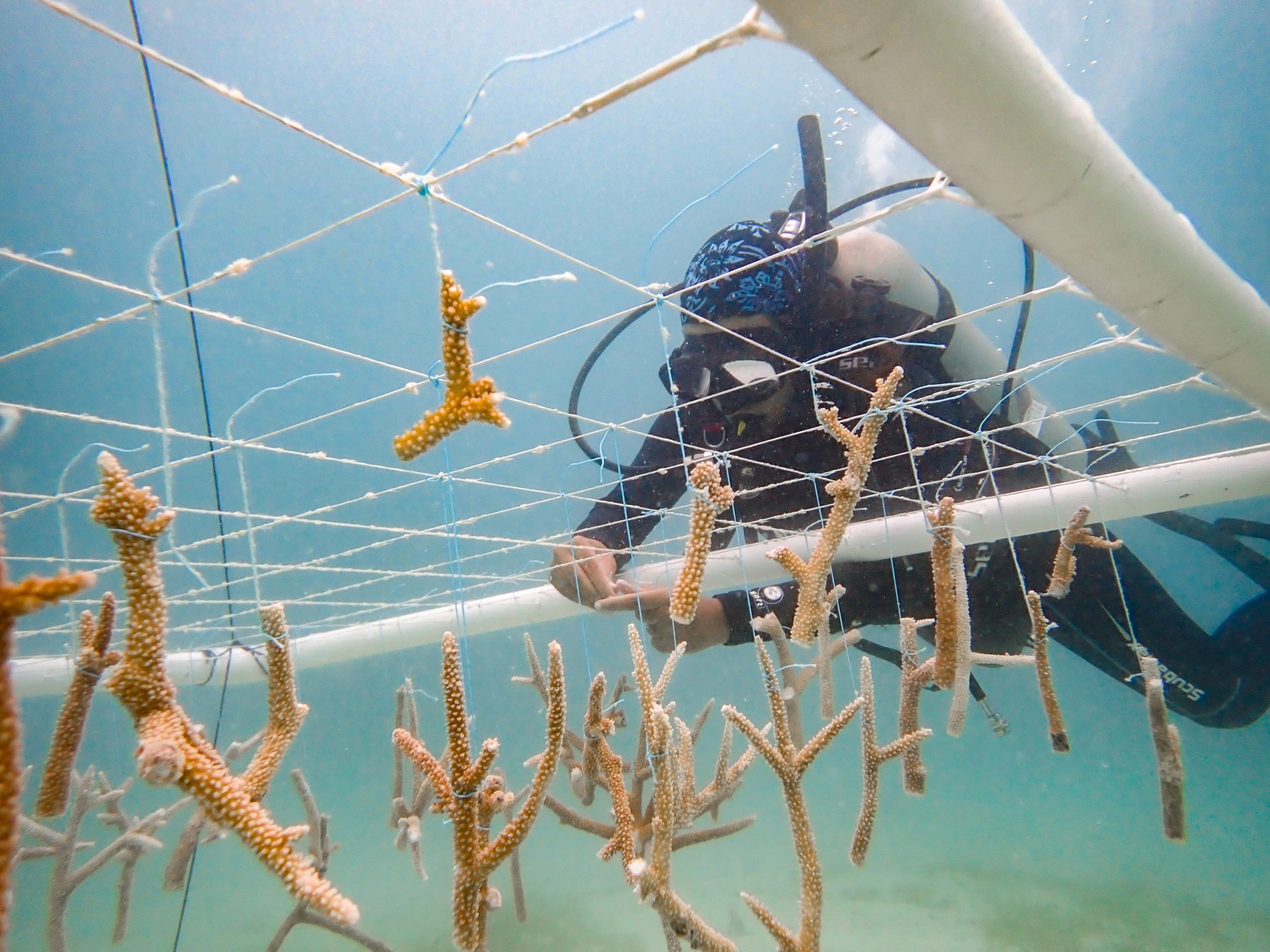
Team Lead: Juan Sanchez
Project name: Novel coral nursery designed to improve survivorship, growth and increase biodiversity.
Protecting coral reefs in hurricane-threatened Puerto Rico requires steely determination and passion for nature. This team will be focused on protecting staghorn coral, one of the fastest growing in the Caribbean and a preferred species to use for reef restoration. It is an endangered species and if it were to go extinct, the domino effect on our ecosystems would be vast. This project aims to restore biodiversity to Puerto Rico by trialling inexpensive and non-toxic materials to build coral nurseries.”.
Juan Luis Sanchez Gonzalez, Project Team Lead, says: “My inspiration can be traced back to my overall love for the ocean. I grew up enjoying the ocean and surf of my beautiful island of Puerto Rico. When you fall in love with something it only natural to try to protect it. Hopefully, the generation after me gets to enjoy the ocean just like I did”.

11. Safeguarding the endangered white-bellied (Phataginus tricuspis) pangolin in Ghana
Team Lead: Agro Prince Pascal Kwadwo Mawuse
Project name: Safeguarding the Endangered White-bellied (Phataginus tricuspis) pangolin in Ghana
Pangolins are scaly mammals that feed predominantly on ants, termites and other insects; they have lived and survived on Earth for millions of years. Devastating for pangolin populations, the West Africa region has lost more than 95% of its forest cover and the illicit trade of the pangolin’s scales has also pushed these species to the very brink of extinction.
The white-bellied pangolin shares its home with a staggering cultural diversity – living alongside over 450 different ethnic groups in Ghana who speak at least as many languages, divided across 13 range states. This project will focus on surveying and protecting the pangolin and raising awareness to create long-lasting behaviour change.
Agro Prince Pascal Kwadwo Mawuse, Project Team Lead: “Receiving the award is a dream come true for me because I feel that my little efforts to contribute to saving pangolins and promoting environmental conservation behaviour among local inhabitants in my country Ghana, have been recognized internationally. I feel honoured and challenged to do more for nature and pangolin conservation in general”.
12. Conservation of the Critically Endangered Hammerhead Sharks in Ghana
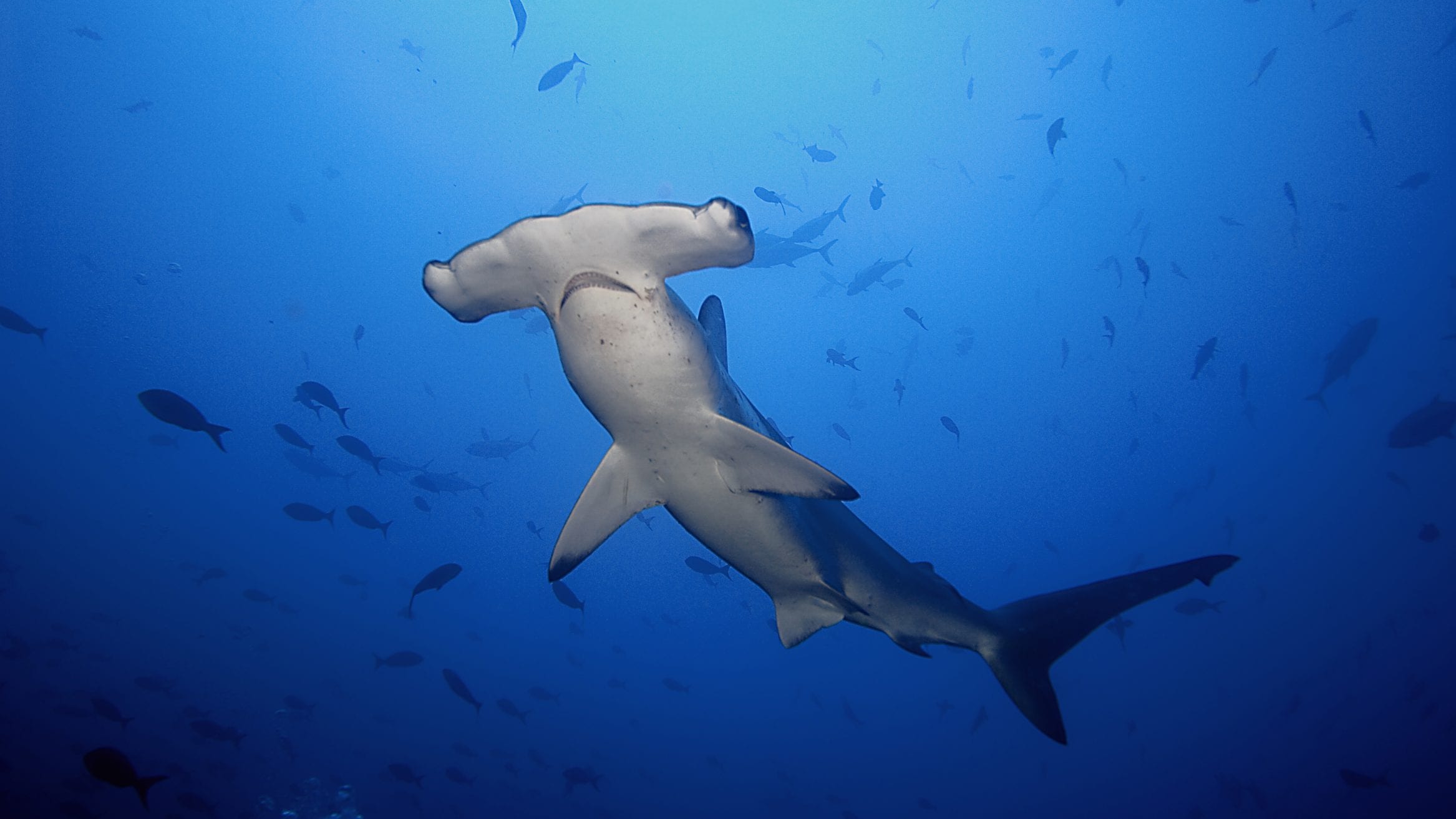
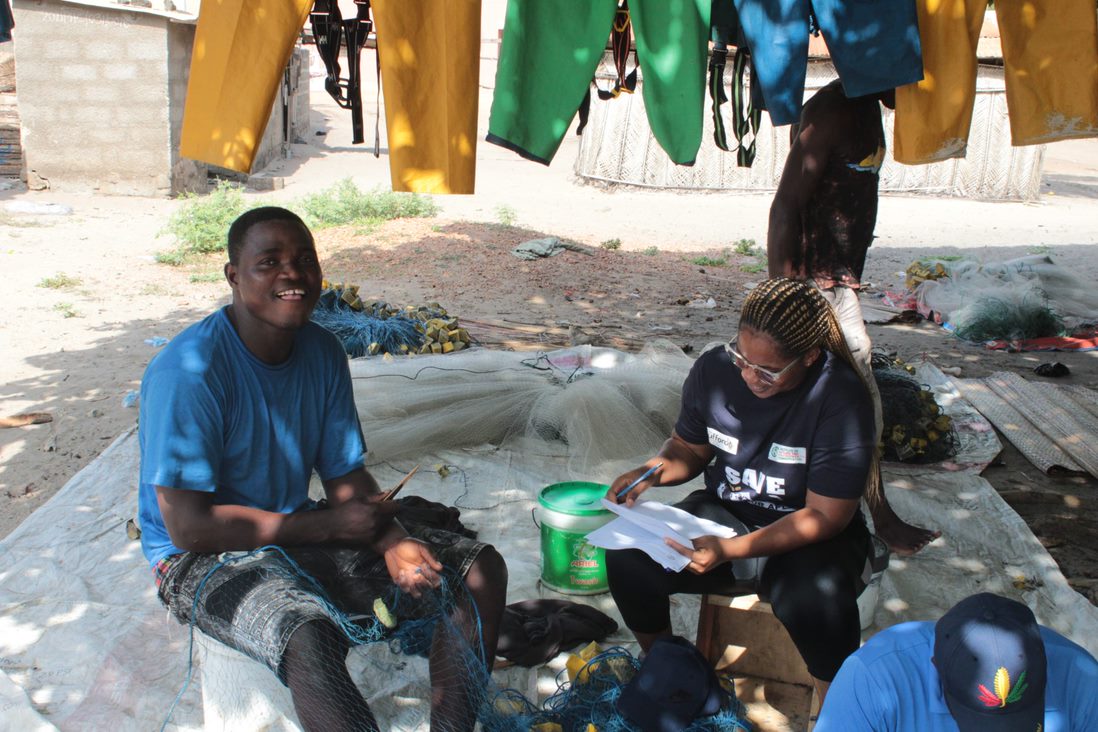
Team Lead: Tabitha Adinorkwor Alimo
Project name: Conservation of the Critically Endangered Hammerhead Sharks in Ghana
“My studies revealed devastating exploitation of hammerhead sharks along the Dangme coastline and unearthed my passion for conservation”.
Hammerhead sharks regulate fish populations, the extinction of this species could trigger secondary extinctions, disrupt the ecosystem including co-existing species, and affect fishing communities which are dependent on fisheries. The hammerheads are globally threatened and are overly exploited along the Dangme Coastline, without intervention, they could go extinct.
13. Newly discovered tree frogs in Ha Giang province, Vietnam
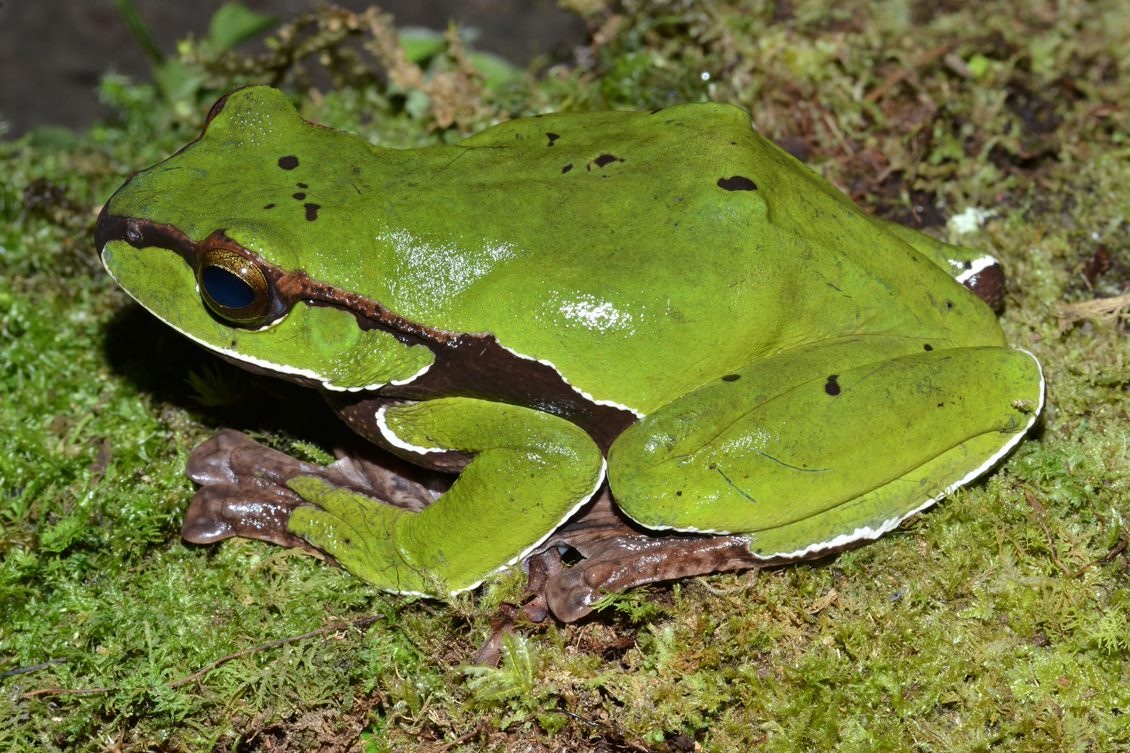
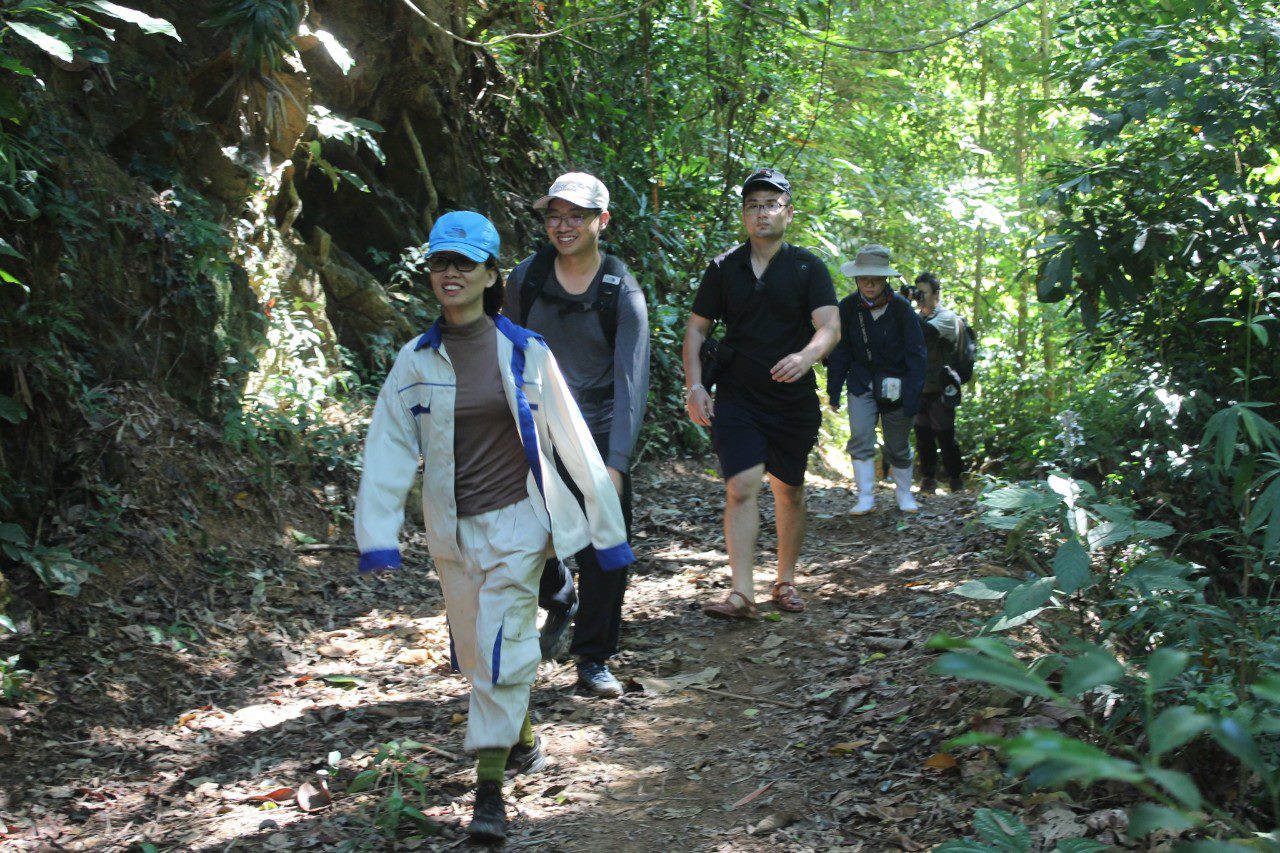
Team Lead: Hoa Thi Ninh
Project name: Population Surveying and Raising Awareness of Three Newly Discovered Tree Frogs in Ha Giang Province
The mountainous, rugged terrain of Vietnam’s most northern region is home to these recently discovered species. But with deforestation and climate degrading its habitat, the tree frogs (Theloderma khoii, Zhangixalus franki and Zhangixalus jodiae species) could be lost before we know anything about them. The team will be focused on measuring the population size, distribution and major threats to the frog to recommend it for an endangered species listing, whilst engaging local primary and secondary schools to promote their conservation.
Hoa Thi Ninh, Project Team Lead, comments: “I have become fascinated by the diversity and beauty of amphibians, especially tree frogs. They are amazing creatures that can adapt to different environments and have unique life cycles. Each species also contains a specific unique genetic resource that contributes to biodiversity of all life on Earth. I was inspired to work in conservation when I learned about the threats they face from habitat loss, disease, climate change and overexploitation”.
14. Protection of the tandilia lizard, from the Pampas grasslands of Argentina.


Team Lead: David Gustavo Vera
Project name: Towards the conservation of the threatened Tandilia Lizard of the Pampas highland grassland
“It is one of the most endangered reptiles of the Pampas grasslands and still, there are no conservation projects aimed in conserve them”
Is important conserve the Tandilia Lizard (Liolaemus tandiliensis) because is a threatened (IUCN: Vulnerable) and endemic species from the Tandilia Mountains in the Argentinean Pampas. This lizard lives exclusively in the highland grassland associated with rocky outcrops in this area. Their habitat is severely fragmented by a combination of threats which includes urban, agricultural, and quarry expansion over the grassland and the invasion of woody species. Therefore, is necessary to diminish the effect of the threats to the habitat of the Tandilia Lizard. Also, by protecting the habitats of the Tandilia Lizard, other species, such as snakes, lizards, and grassland birds will benefit.
Continuation Awards
15. Conservation of sharks in Honduras.
Team Lead: Gabriela Ochoa
Project name: Creating capacities for the conservation of sharks in Honduras.
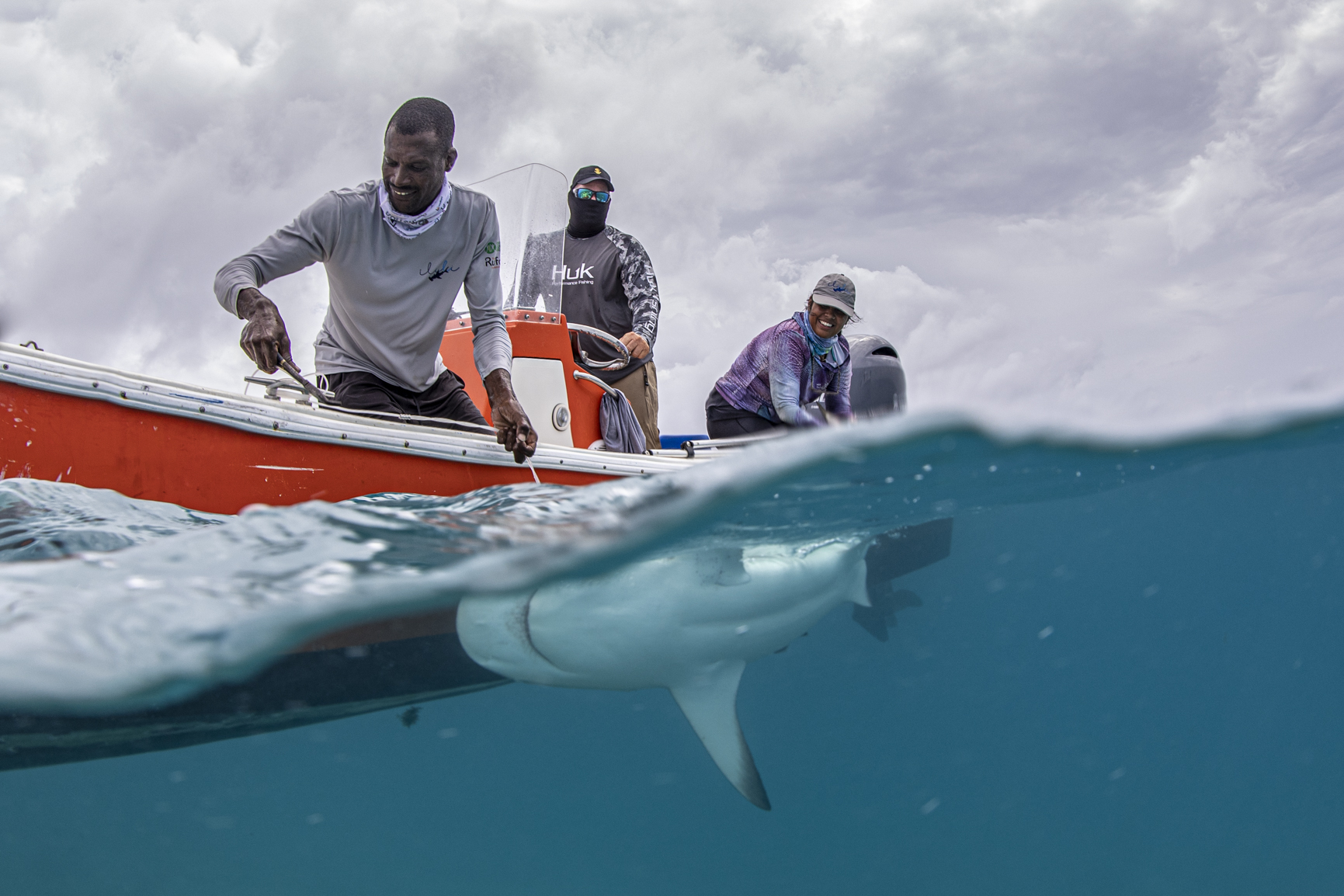
Sharks have long inspired both fear and awe in humans. Unfortunately, they are often portrayed as mindless killing machines in the media. The truth is that they are vital to maintaining healthy and balanced marine ecosystems. I would not want to imagine a world without sharks. Losing sharks would have enormous detrimental effects in marine ecosystems which could lead to overpopulation and depletion of certain marine species. Sharks are just fascinating, my favourite shark species is the Great Hammerhead which can reach more than 3m in length! Our previous CLP project demonstrated that the Miskito Cays, a group of small islands located off the coast of the Moskitia territory, are critically important for shark populations. This realization prompted us to continue our work in this area, with a focus on collaborating with artisanal fishers who depend on sharks for their livelihoods, as well as other stakeholders who play an important role in their protection
16. Grasslands to grassroots conservation
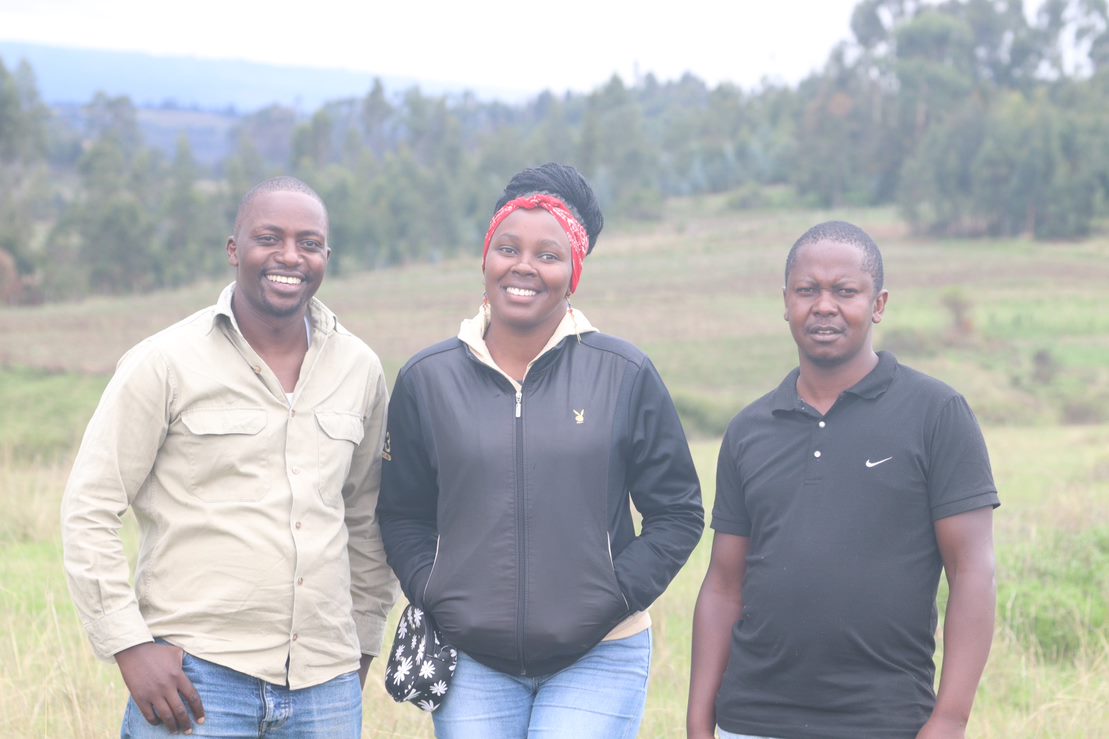

Team Lead: Martin Mwangi
Project name: Sharpe’s Longclaw and African People; Conservation through Co-existence in Kinangop Grasslands, Kenya
I was born and grew in Kinangop grasslands. Since then I’ve seen grassland and cattle herd size reduced, through working with conservation organisations, I learned that the grasslands was home to Sharpe’s Longclaw, a rare and unique bird species but unfortunately threatened. With a sole aim of saving the species, I joined hands with friends to develop a multidimensional approach through which Friends of Kinangop Plateau works to date. Friends of Kinangop Plateau have succeeded to create awareness and education that positively influences community members to adopt conservation interventions to save the grasslands. This puts us on a springboard now to reverse the adverse effects of converting the grasslands and overgrazing and instead actively creating good habitat for threatened birds in the Plateau.
17. Protecting cave-dwelling bats in Turkey
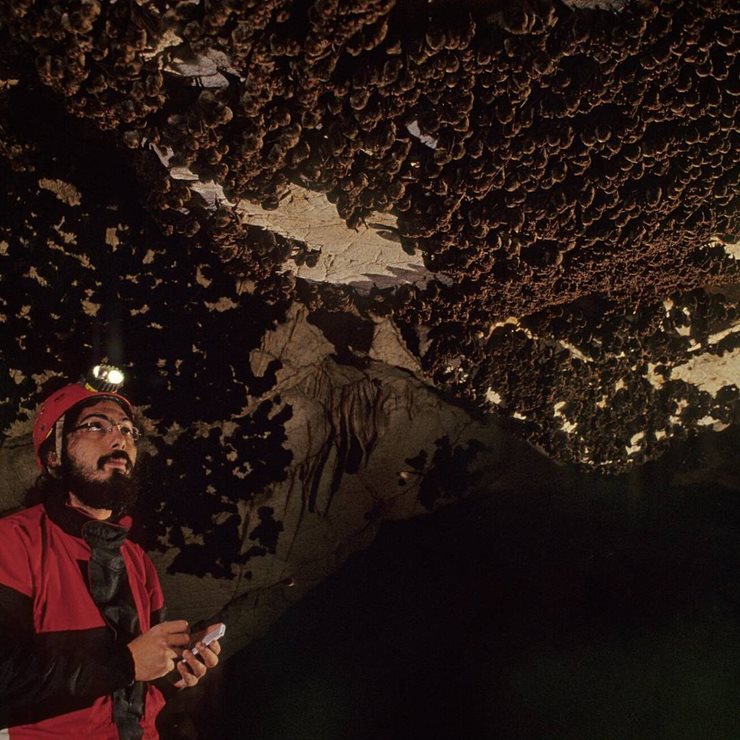
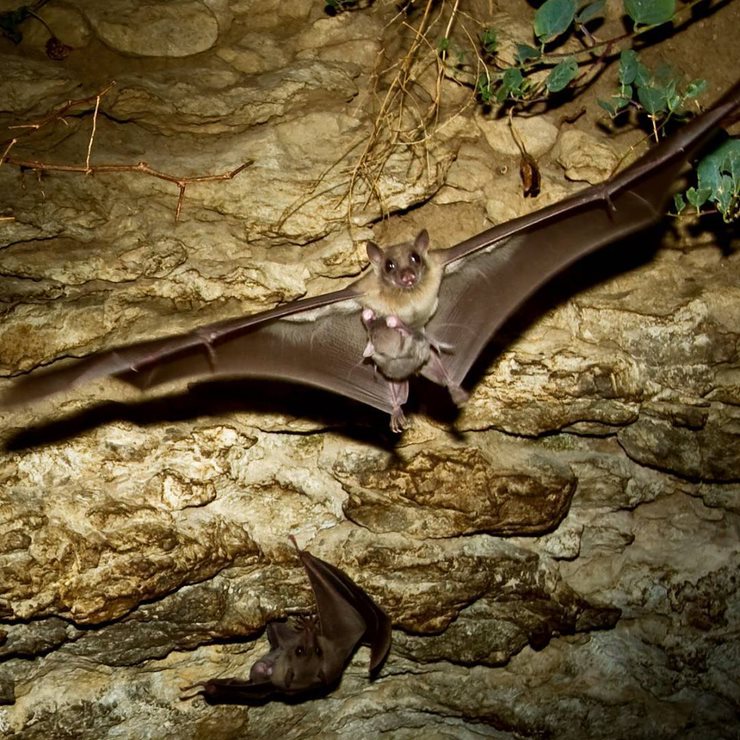
Team Lead: Emrah Çoraman
Project name: Establishing a Conservation Network for Protection of Threatened Cave-dwelling Bats in Turkey
Bats exhibit an amazing diversity and supply important biodiversity services. They are one of the most important agricultural pest predators, pollinators and seed dispersers of various plant species. If they will be extinct several ecosystems will be negatively affected. They also have amazing features: they have a long life expectancy; they are cancer-free; they are not affected by most of the diseases they carry; they can echolocate; and they are the only active flying mammals!
My first CLP Project was a game changer for my career. With that project, I and my team had a great opportunity to do extensive fieldwork, had access to the CLP’s project management course and also to the CLP’s broad alumni network. The experience and the skills I got during that project had a substantial impact on my later career. Now as an assistant professor, I am starting my own group with several enthusiastics young students. I believe this project will enable several of them to pursue a career in conservation. I think this project will be one of the major conservation projects that will have a long lasting effect in cave and bat conservation in Turkey. We are really excited!




